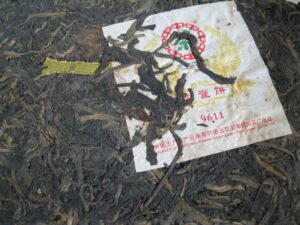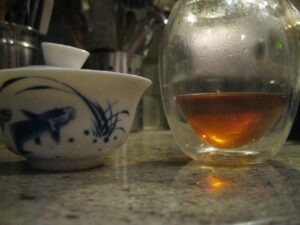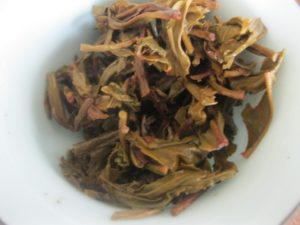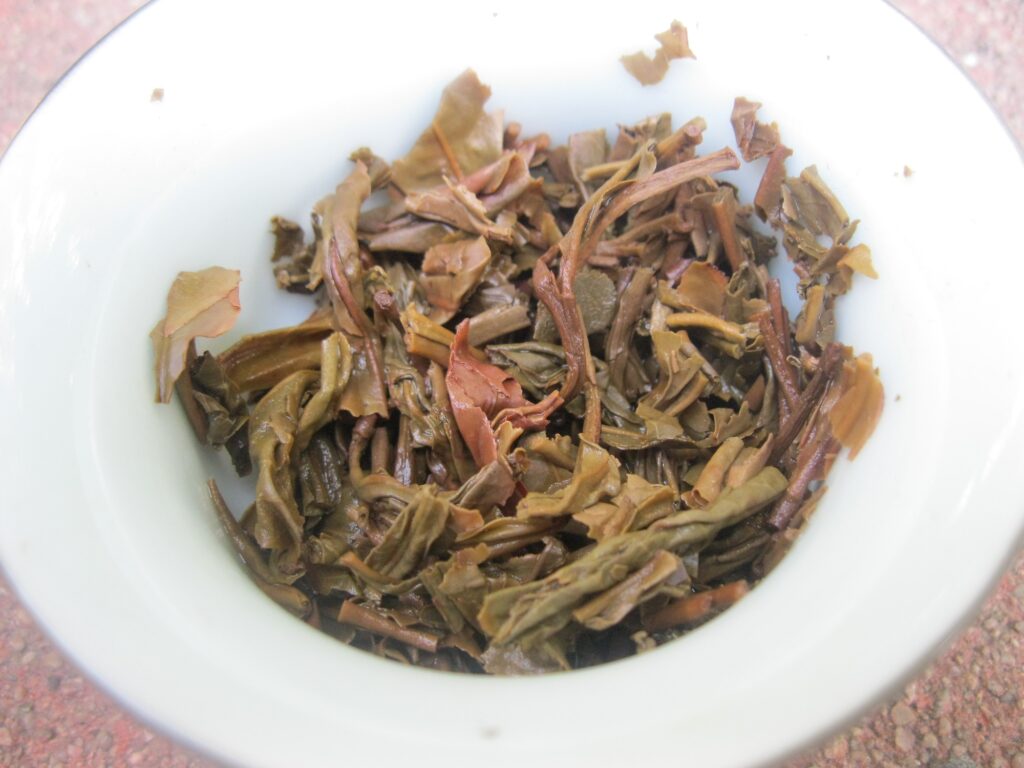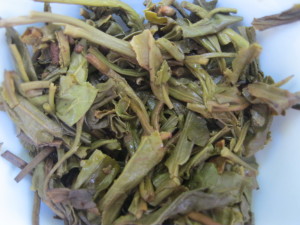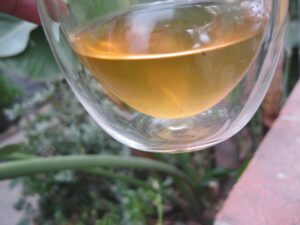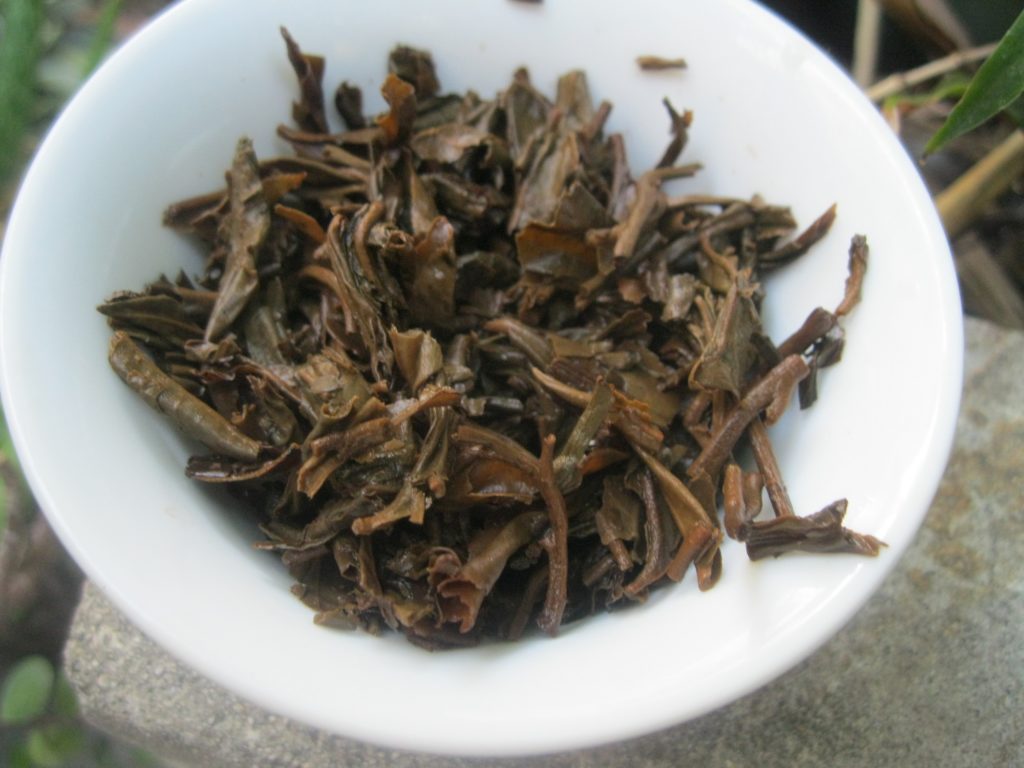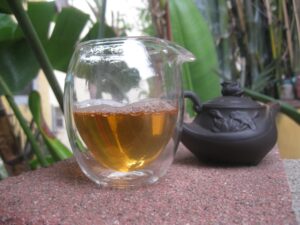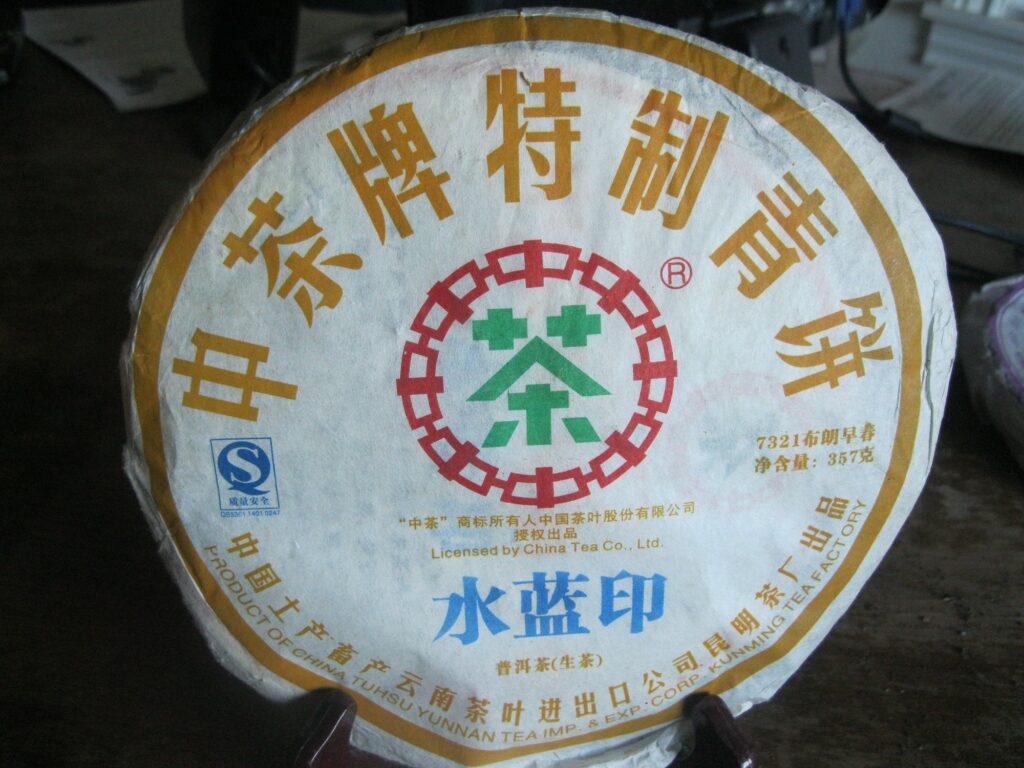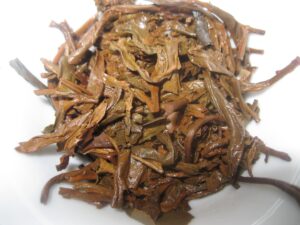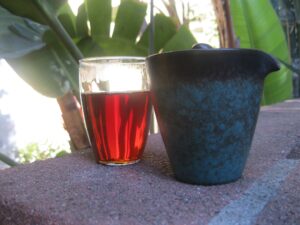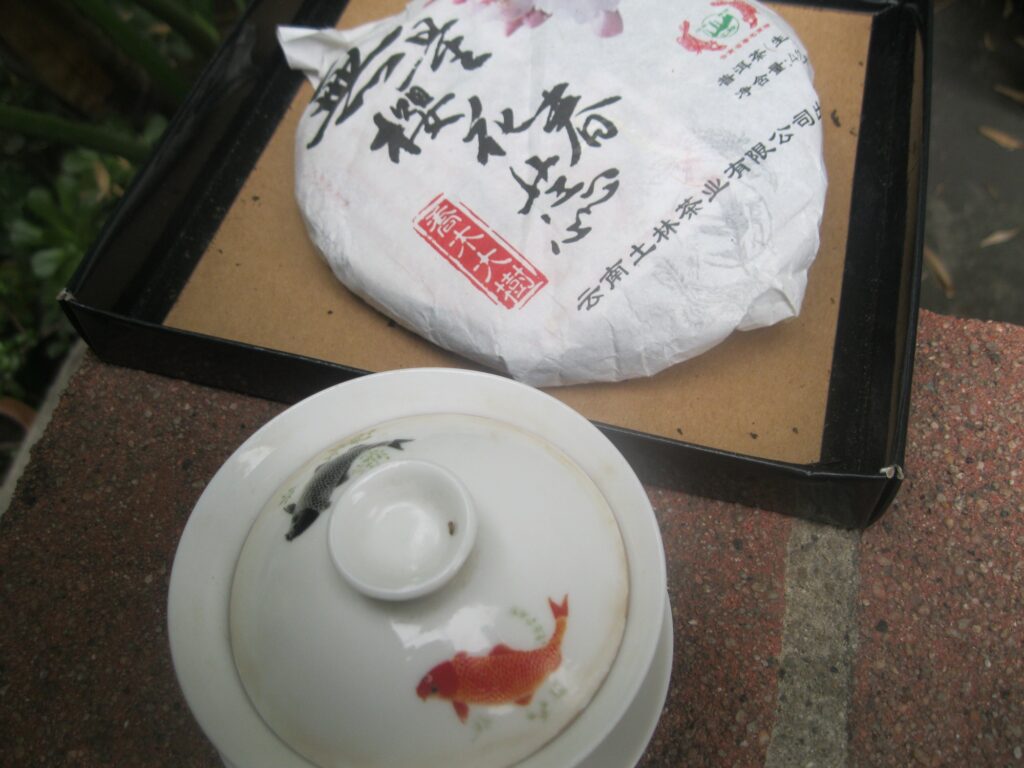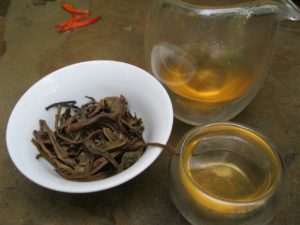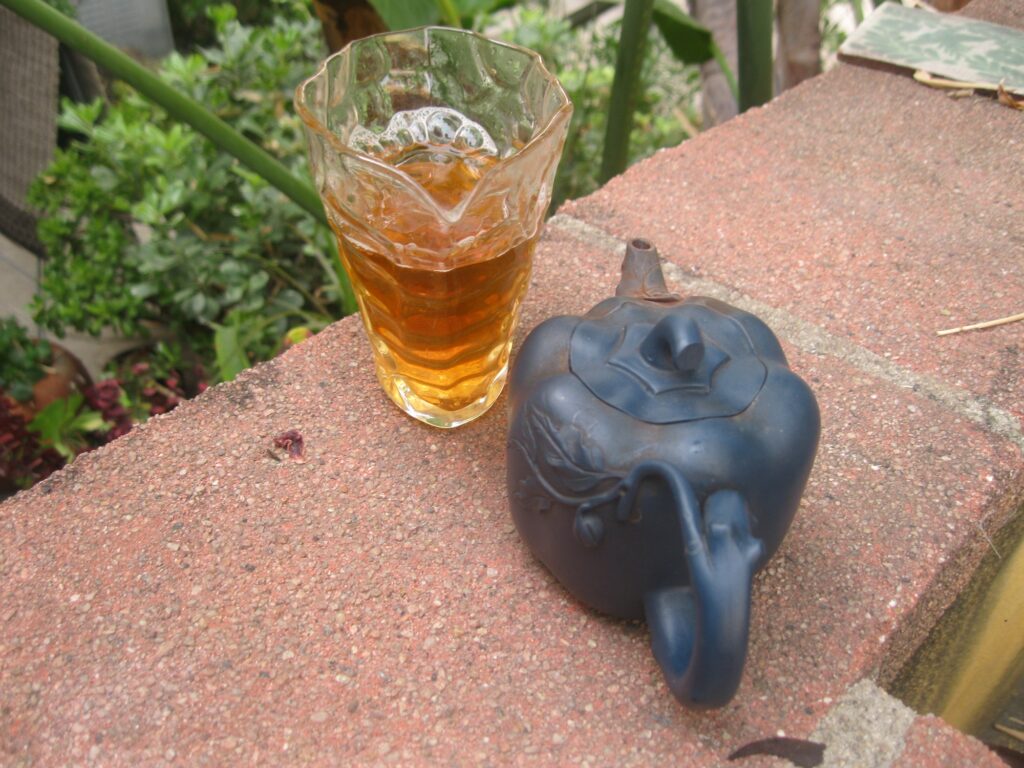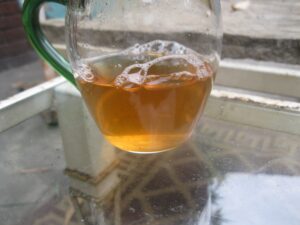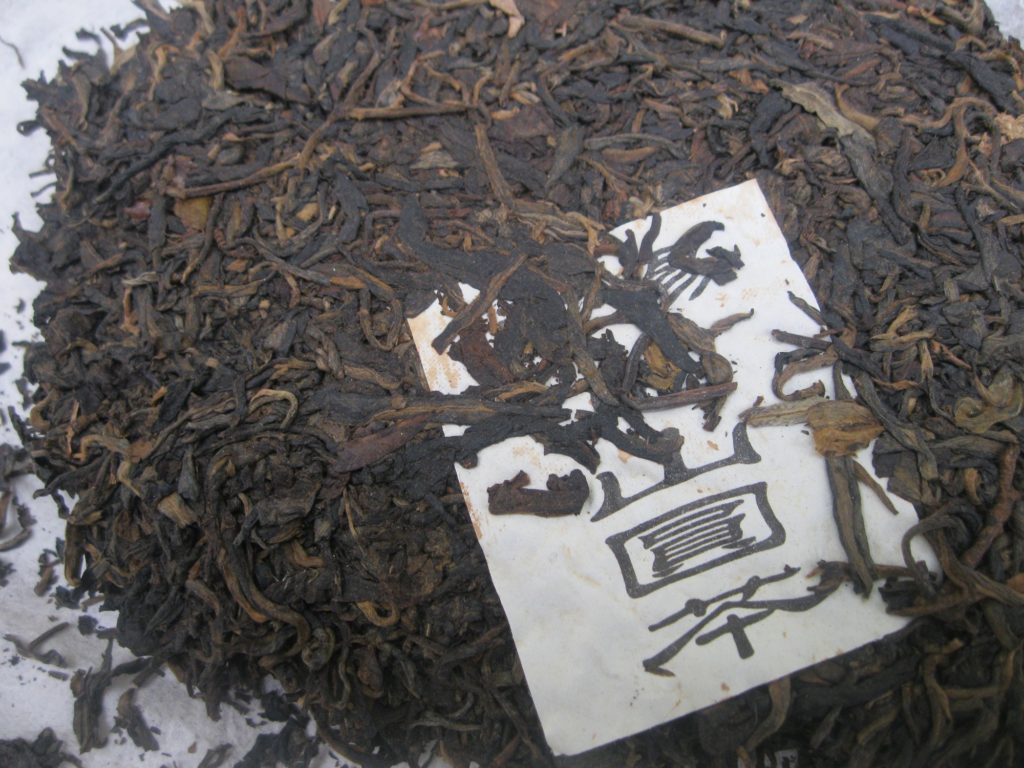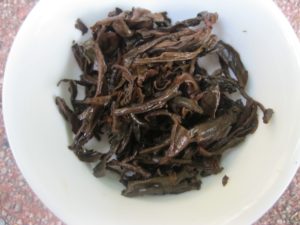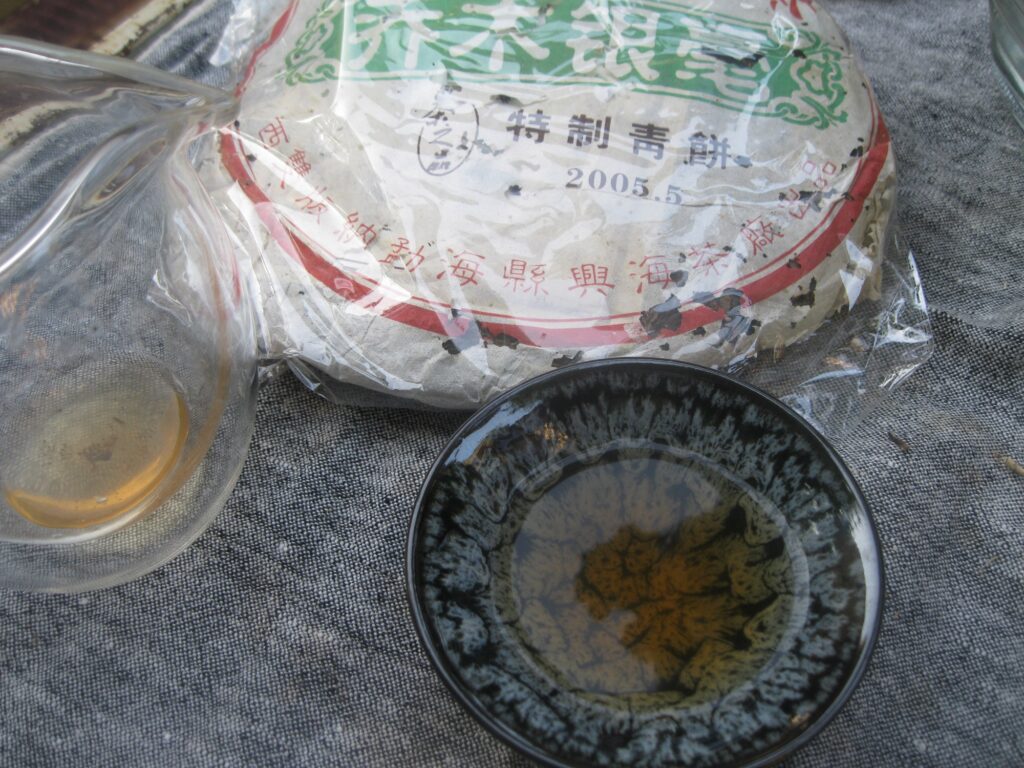Puerh Readiness
The Puerh Junky in me got to pondering the determinants of Puerh Readiness. Surely, this is not a construct. There must be objective standards upon which to base puerh readiness. Puerh Readiness is sought after by middle-aged and old puerh drinkers.
So, the Puerh Junky sits to have a second PJRS of Fu. It is infusion four after two hours. The infusion is two or one in clarity. He sits to write notes. His mouth is full of flowers but pronounces the cake: “NOT READY.” The taste is good. It will please the ruffians, but the Puerh Junky is not rough. There was a time it was quite ready.
After two hours it is evident that Fu is exquisitely good but dreadfully young. Lack of clarity in a standard Zhongcha production is highly irregular. Any ugliness in the broth points to the youth of tea. Clarity is one parameter that the Puerh Junky uses in evaluating the readiness of ripes. The same can be applied to raws and in cases of Zhongcha the benefit of doubt should be extended because unlike Xiaguan, they specialize in tea clarity.
As mentioned, the young tea drinker may be entirely adrift regarding puerh readiness. The fact is many young puerhs are “ready.” If they’re oolong processed and sold as “gushu“, then maybe a little too ready.
Puerh Transformation
Puerh readiness is expressed in the fundamental transformation of the raw material under particular storage conditions. It is a trans-annual phenomenon. Productions can be initially quite drinkable only to descend to the depths of unreadiness, as the Fu case demonstrates.
Part of readiness is also usually conveyed in the colour. Light coloured liquor is indicative of young tea or relatively dry storage older stuff. They won’t taste anywhere the same. The latter may bear attributes of readiness but reflect a different curing style.
Some productions may be able to progress from one stage to the next without hiccoughs but the hiccoughs are quite common and it often has to do with the tea’s own personality. For some drinkers these quirks however ephemeral prove charming. Just because a production dips into a period of unreadiness doesn’t mean you’re doing anything wrong, particularly if you’re not finding the same problem among the rest of your stash.
A whole treatise could be written on Puerh Readiness. The Puerh Junky experienced a moment of panic regarding the ’19 Crouching Tiger, but it simply wasn’t ready. It needed a year, which is hardly atypical. There is something about mouthfeel that is an indicator. It is most certainly not astringency. In fact, too much astringency is dead give away of poor brewing or just not being ready. The ready mouthfeel is fizzy or like a magic blanket tiny sparkles. It’s the benchmark of the root beer class.


